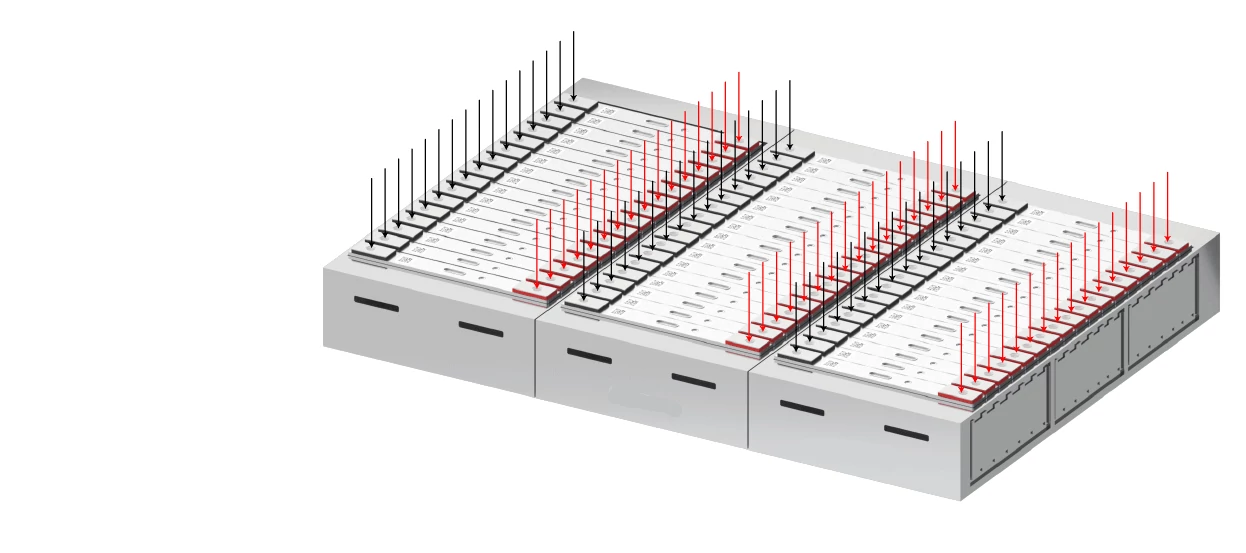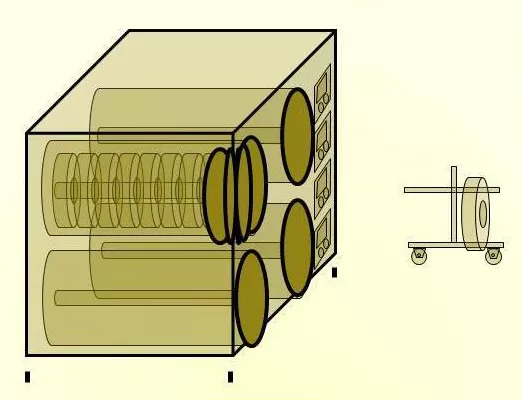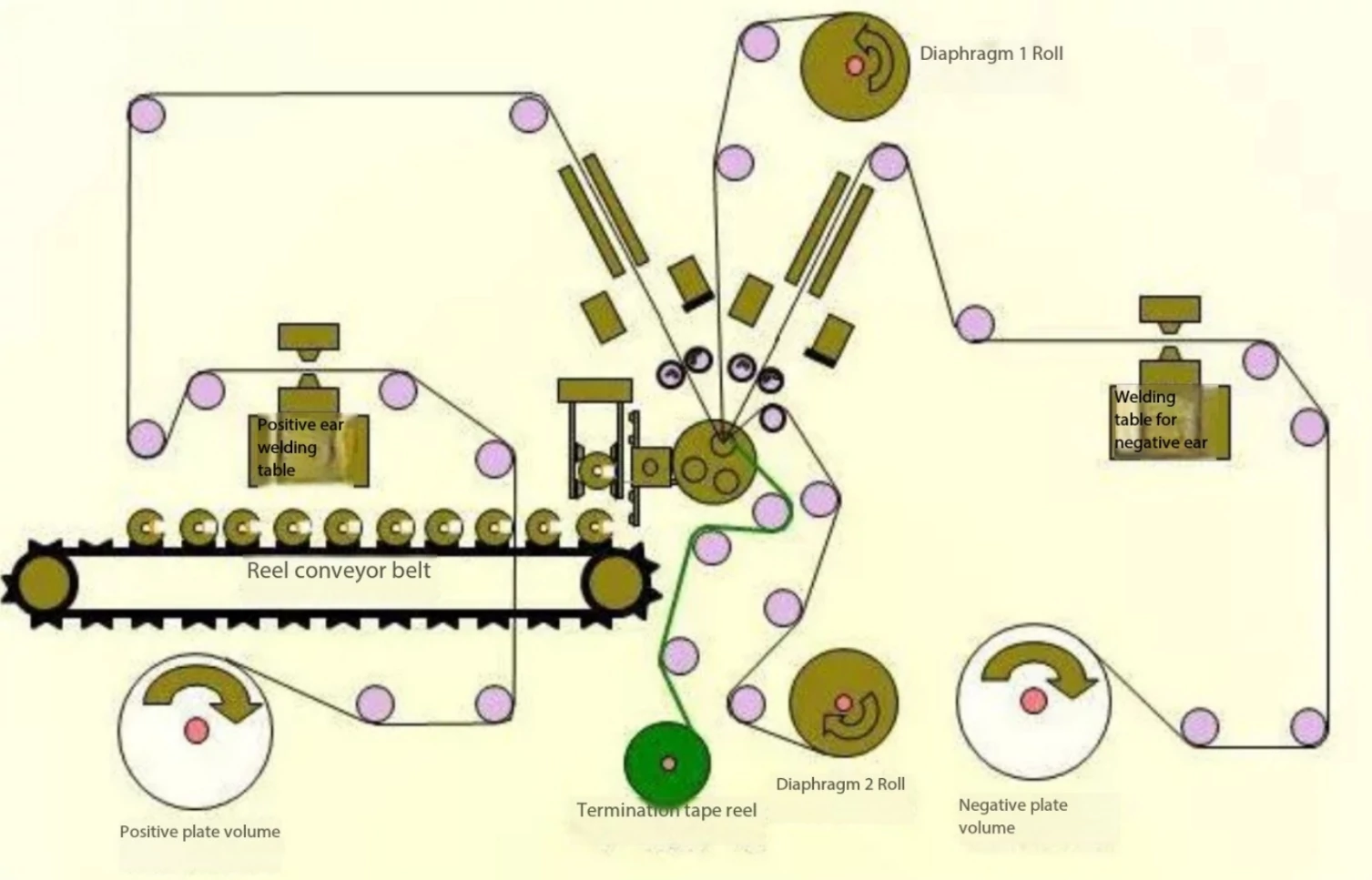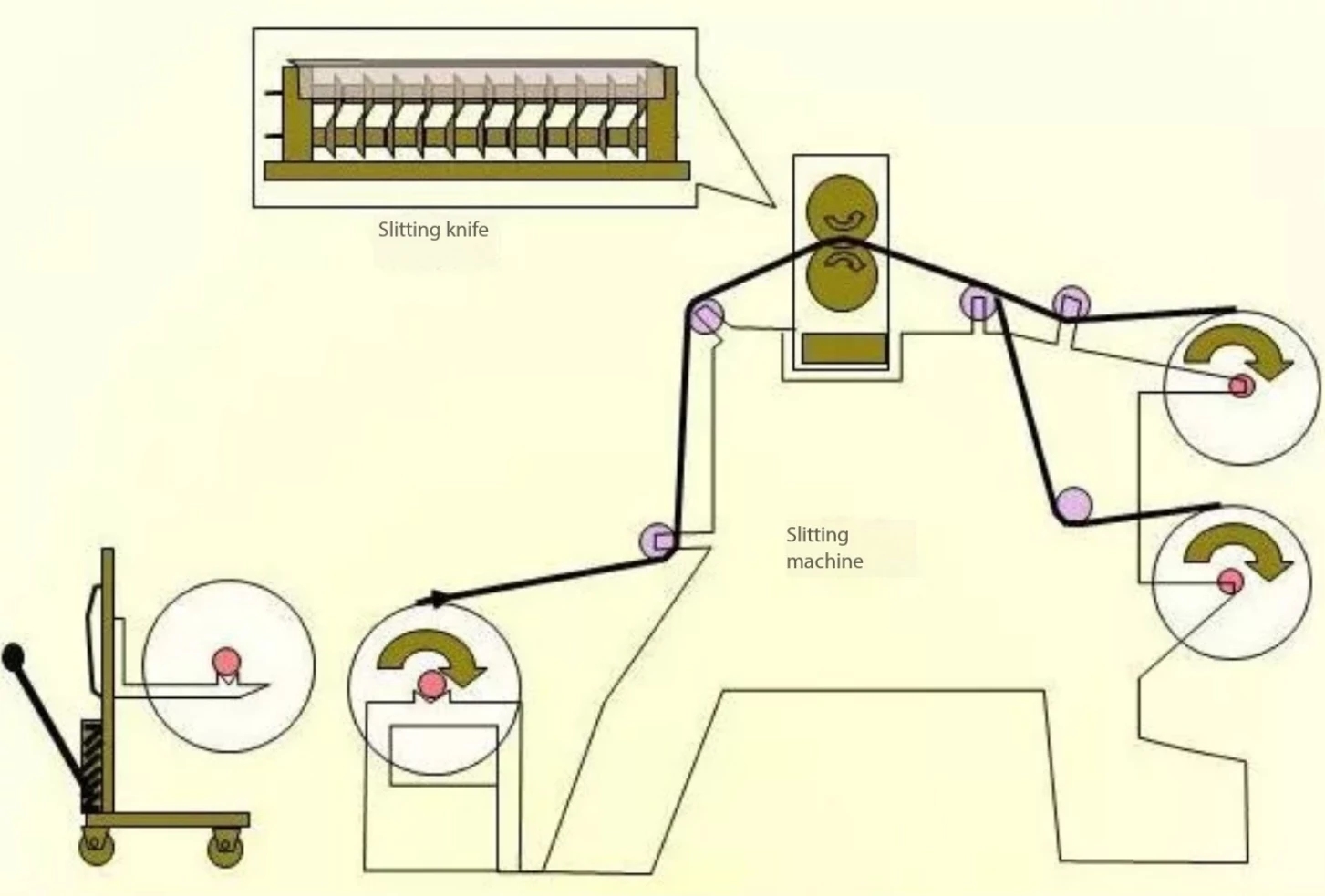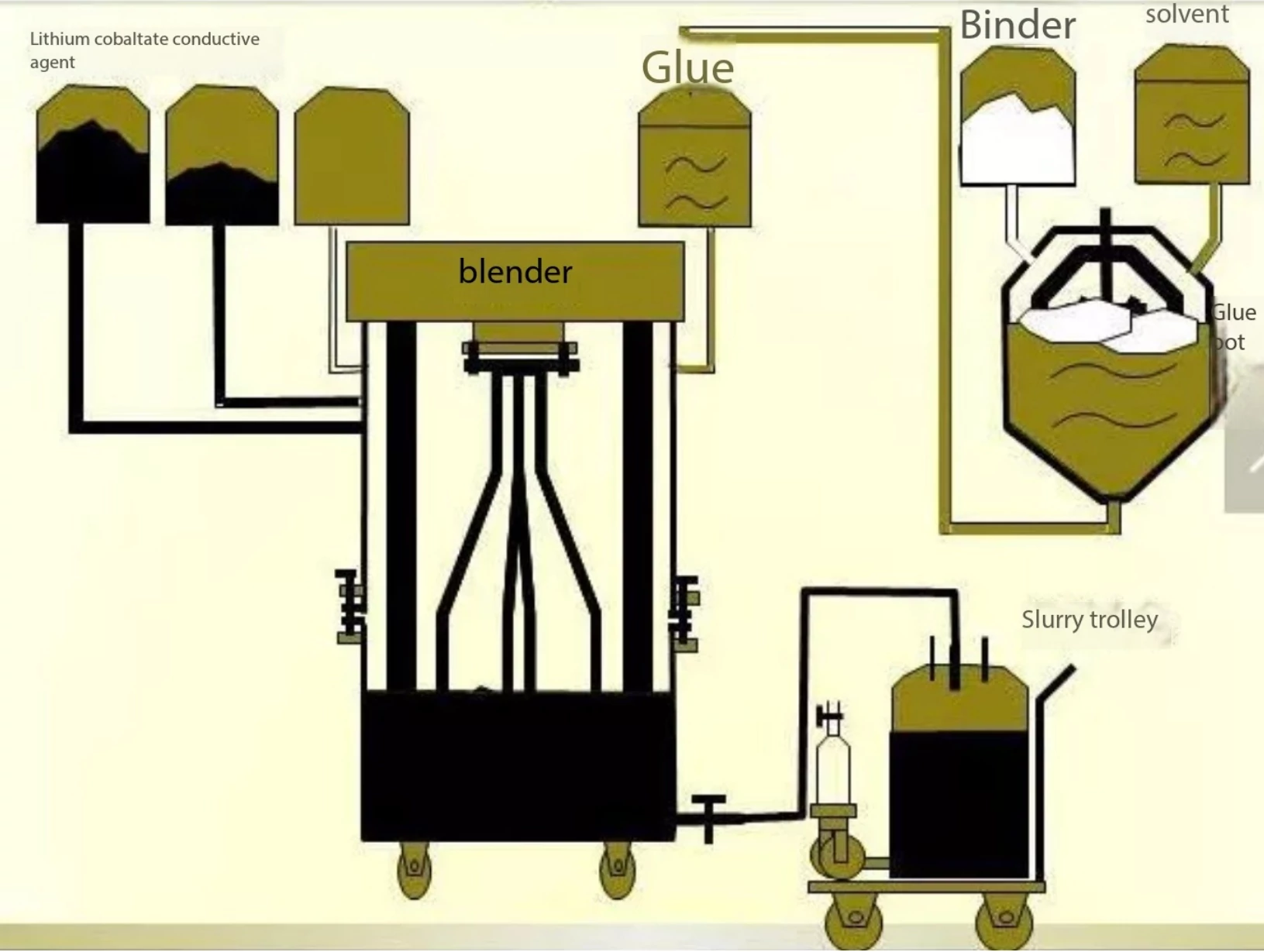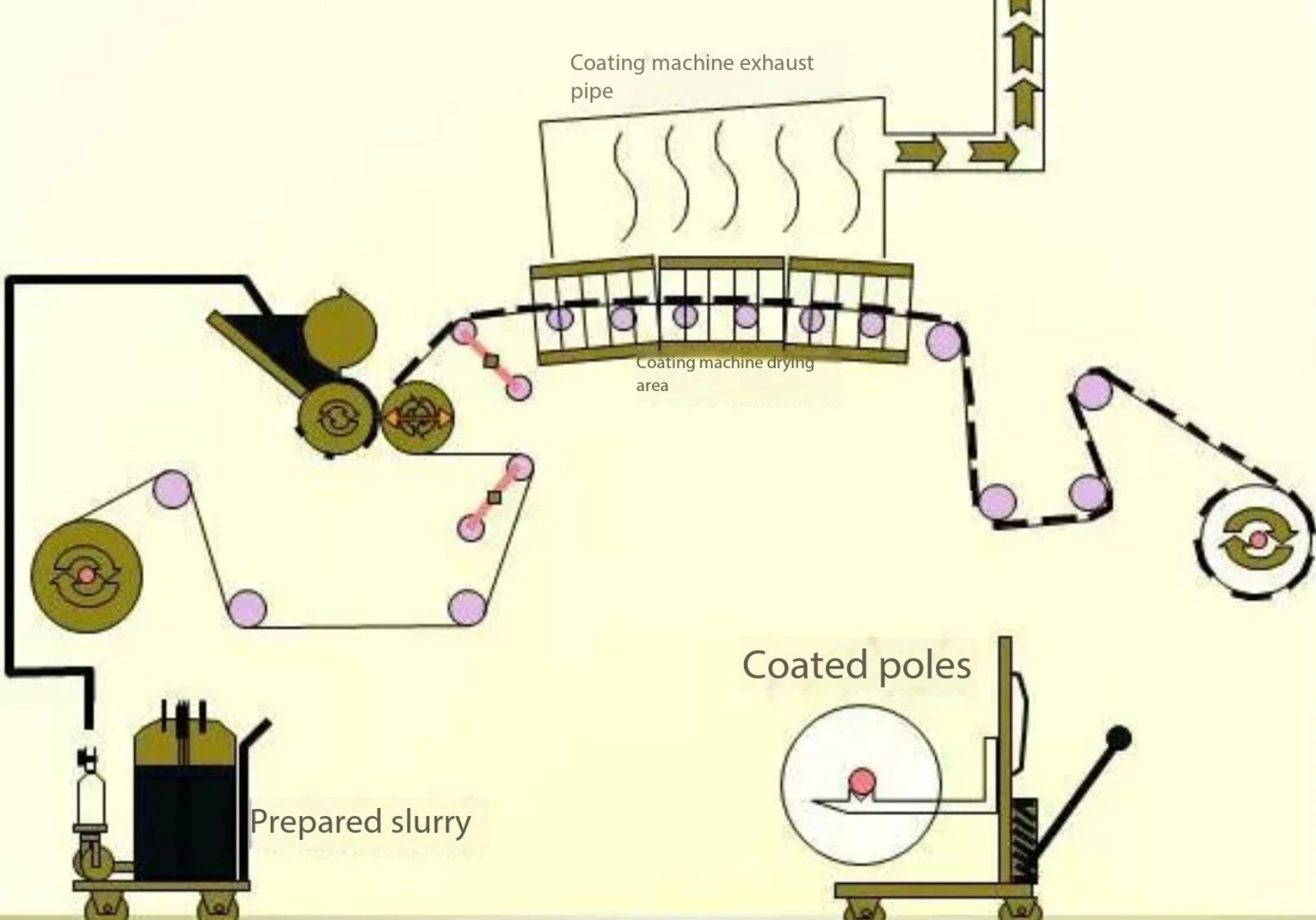OCV measurement In the lithium battery production process, OCV (Open...
Winding
The winding process of lithium battery is one of the core links in the battery manufacturing process, which plays a crucial role in improving the energy density, cycle life and safety of lithium battery. The following is a detailed description of the winding process:
Brief introduction of winding process
The winding process involves the process of winding positive electrode, negative electrode, diaphragm and other materials into cells in a certain order and direction under a certain tension control. The quality of this process directly affects the performance and life of lithium batteries, so it is of great significance to further study and optimize the winding process.
Winding process flow
Material preparation: Before the winding process begins, raw materials such as positive electrode, negative electrode and diaphragm need to be prepared in accordance with certain specifications and quantities. These materials need to be tested to ensure that their properties and quality meet process requirements.
Tension control: During the winding process, it is necessary to apply a certain tension to the material to ensure the flatness and tightness of the winding. The amount of tension needs to be precisely controlled according to the material characteristics and process requirements.
Winding molding: After preparing the raw material and applying the appropriate tension, the winding machine will wind according to the preset trajectory and speed. It is necessary to maintain a stable winding speed and tension during the winding process to ensure that the structure and size of the cell meet the design requirements.
Quality inspection: After the winding is completed, it is necessary to conduct a comprehensive quality inspection of the battery cell. The test contents include the appearance, size, weight and performance parameters of the battery cell. Only qualified cells can enter the next process.
Follow-up treatment: For qualified cells, further packaging and assembly are required to finally form a finished lithium battery ready for use.
Key technologies and difficulties
Tension control technology: Tension control is one of the core technologies in the winding process. During the winding process, the stability of the material tension has an important influence on the flatness and tightness of the winding. In order to achieve accurate tension control, advanced sensors and control systems are needed to monitor and adjust the tension state of the material in real time.
Winding speed and stability: The winding speed determines the production efficiency, and the stability directly affects the quality of the cell. Improving the winding speed while ensuring stability is another key technology in the winding process. In order to achieve this goal, it is necessary to study the dynamic characteristics in the winding process and optimize the structure and motion control algorithm of the winding machine to improve its dynamic response ability and stability.
Features of winding core
Pole diaphragm continuous: high manufacturing efficiency.
Less edge: the pole piece is complete, easy to control burrs.
Simple production control: easy operation, low control difficulty.
It should not be too thick: the layers affect each other and are easy to deform.
The flexibility of the pole plate is high: the transverse tension of the pole plate is inconsistent, the internal gap may be generated, and the bonding stress is difficult to be uniform.
Process requirements for winding
Pole ear: the center distance of the pole ear meets the specifications, the pole ear and the pole plate are not broken, and the pole ear is not wrinkled. Core size and weight: Precise control is required to ensure the performance and capacity of the cell.
CONCLUSION
The optimization and control of the winding process is crucial to the performance of lithium batteries, which not only affects the energy density and cycle life of the battery, but also directly relates to the safety of the battery. Through continuous research and improvement of the winding process, the overall performance and market competitiveness of lithium batteries can be improved.
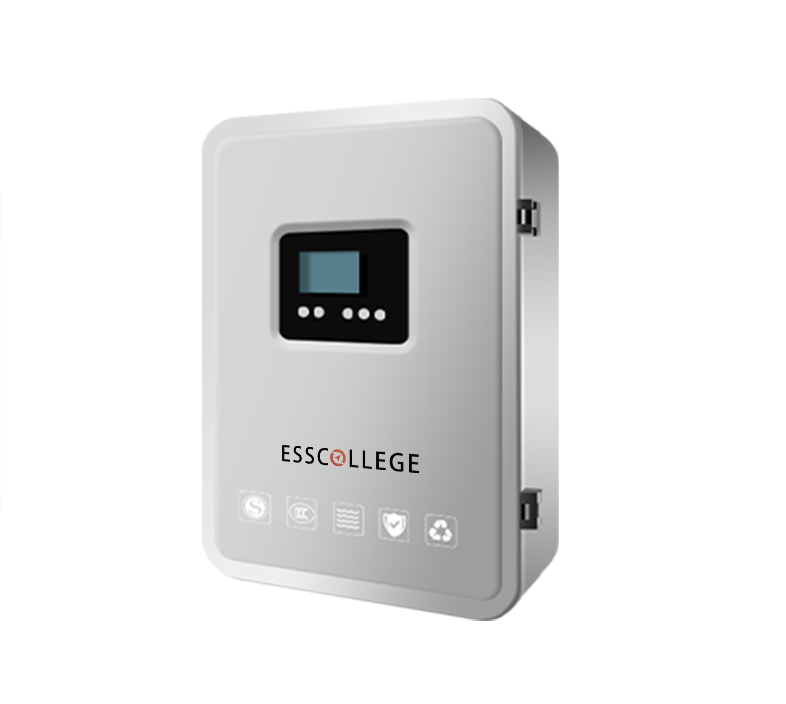
EPS BATTERY SERIES
The centralized power supply for fire emergency lighting is a kind of backup power supply equipment, which provides power guarantee for emergency lighting equipment to ensure that the on-site lighting equipment can operate normally in emergency situations such as fire. Provide a long-term backup power supply to meet the needs of the emergency lighting system.
Extended reading
THE ESSC Brand promise
Global supply
Our products sell well all over the world, covering many countries and regions, through the global logistics network, to provide customers with convenient purchasing experience.
Rigorous quality
We adhere to the highest quality control standards to ensure every product meets industry regulations and customer expectations, earning trust through consistent excellence.
Excellent service
With a customer-centric approach, we provide prompt responses, professional support, and personalized services, aiming to deliver the best user experience and long-term value.
